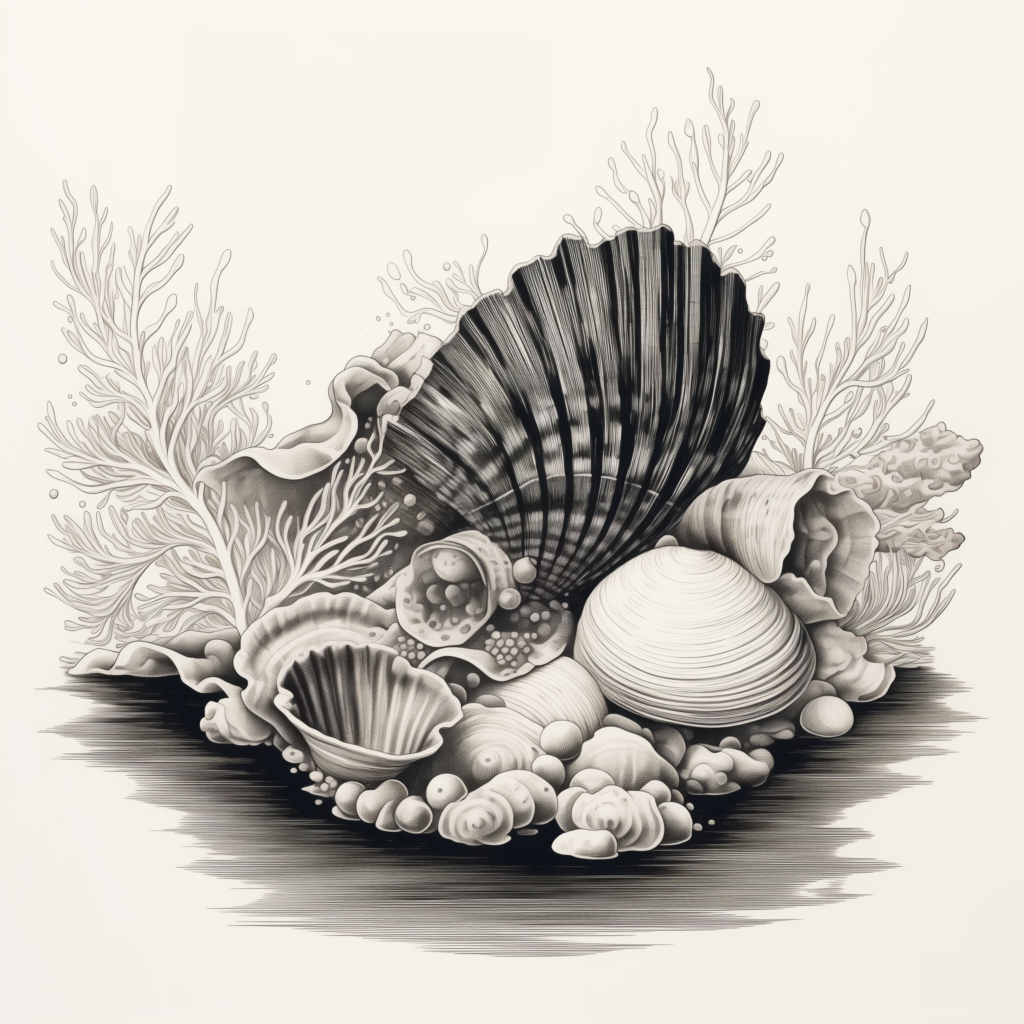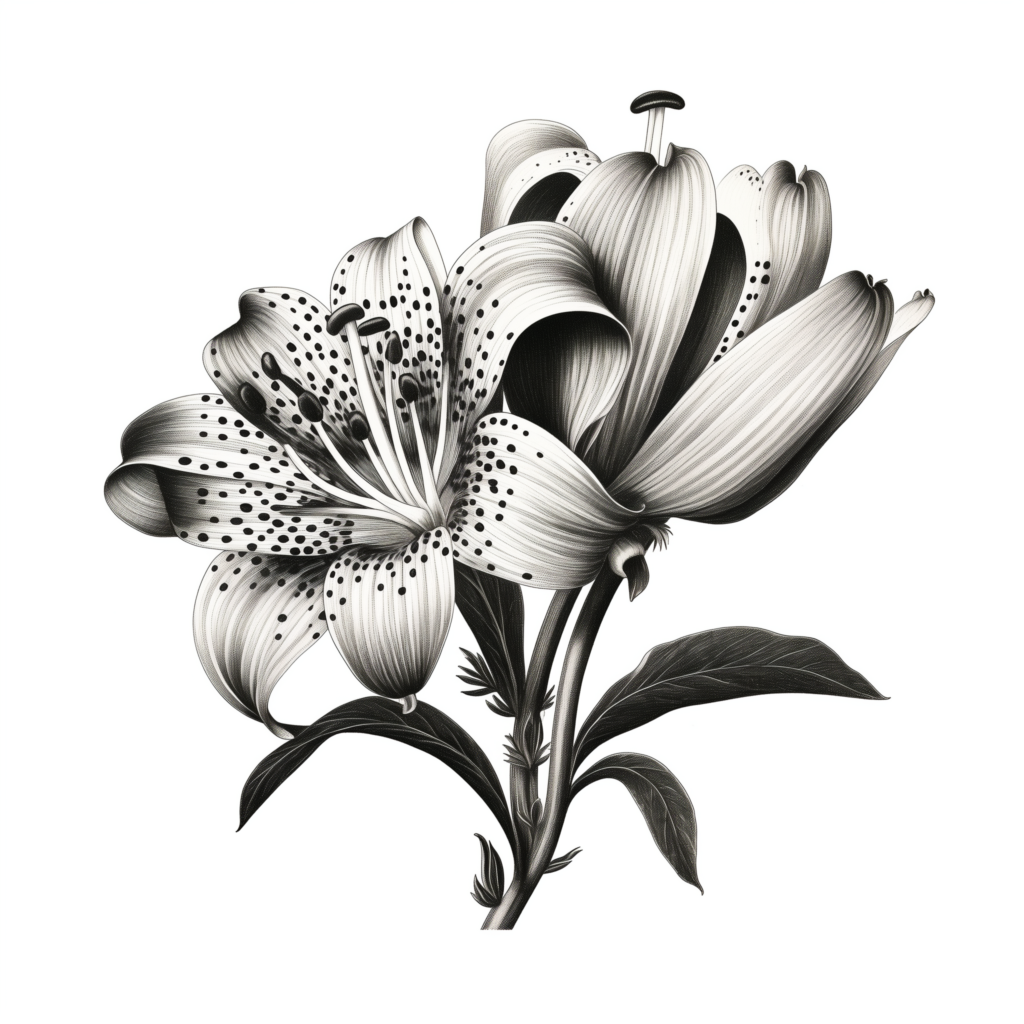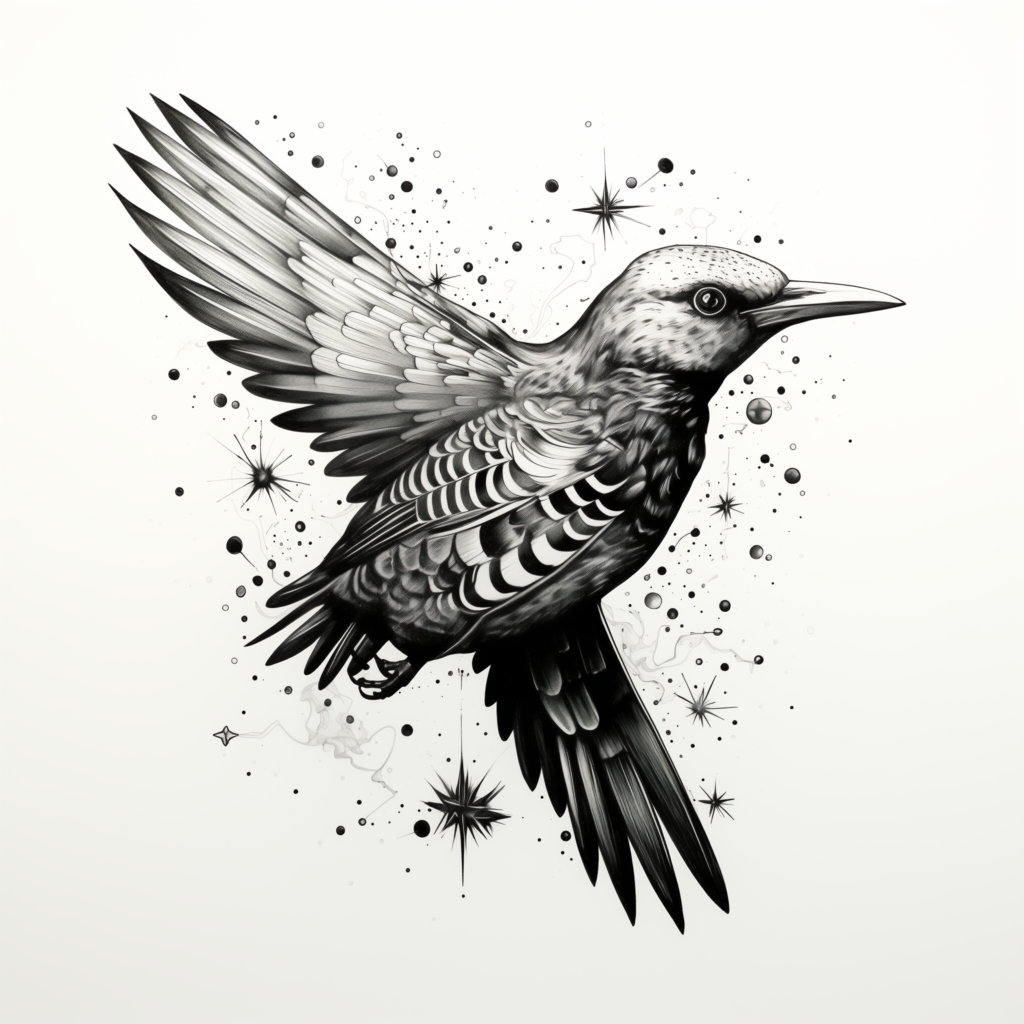Stippling, also known as dot art, is a distinctive mark-making technique in art where images are created using numerous small dots. This drawing technique is not only a fundamental part of illustration techniques but also a cornerstone for artists seeking to add depth and texture to their work.
Table of Contents

What is Stippling?
Stippling in art involves placing countless dots on paper to form an image. The density and spacing of these dots create variations in shading and texture, making it a unique way to achieve detailed and nuanced artwork. Stippling drawing is often compared to pointillism, another dot-based technique, though stippling uses a single color and focuses on shading through dot density.
Stippling Techniques and Tips
To master stippling, illustrators need to understand the basics and explore various stippling techniques:
- Stippling Shading: Control the intensity of the shading by adjusting the concentration of dots. Denser areas will appear darker, while sparser dots will create lighter sections.
- Stippling Patterns: Experiment with different patterns to achieve various textures and effects. Regular patterns can create smooth transitions, while random patterns might add a more natural look.
- Dotting Art: Ensure consistency in the size and spacing of your dots for a cohesive look. Using a consistent pressure when making each dot helps maintain uniformity.
- Stippling Materials: Use fine-tipped pens or markers for precision. Some artists prefer using digital tools for digital stippling, which allows for easy adjustments and experimentation.

Stippling for Beginners
For those new to stippling, starting with simple exercises can build confidence and skill. Begin by creating basic shapes and gradually move on to more complex forms. A stippling tutorial can guide you through these initial steps, offering practical stippling tips and techniques.
Illustration Techniques: Beyond the Basics
Once comfortable with basic stippling, artists can explore advanced illustration techniques to enhance their work:
- Stippling Art: Incorporate stippling into larger compositions, combining it with other drawing techniques for a mixed-media effect.
- Stippling Guide: Follow comprehensive guides that cover everything from basic to advanced stippling techniques.
- Stippling Artists: Study works by renowned stippling artists to understand diverse approaches and styles.
Stippling vs. Pointillism
While stippling and pointillism both use dots, they differ significantly. Pointillism typically involves colored dots to create vibrant images, whereas stippling relies on varying dot density to produce grayscale images. Understanding these differences helps artists choose the right technique for their desired effect.

Practical Stippling Tips
- Patience is Key: Stippling requires time and precision. Rushing can lead to inconsistent results.
- Practice Regularly: Regular practice hones your skills and helps you develop a steady hand.
- Use Quality Materials: Investing in good pens and paper can make a significant difference in your artwork.
Stippling is a versatile and rewarding technique that adds a unique texture and depth to illustrations. Whether you’re a beginner or an experienced artist, mastering stippling can greatly enhance your artistic repertoire.